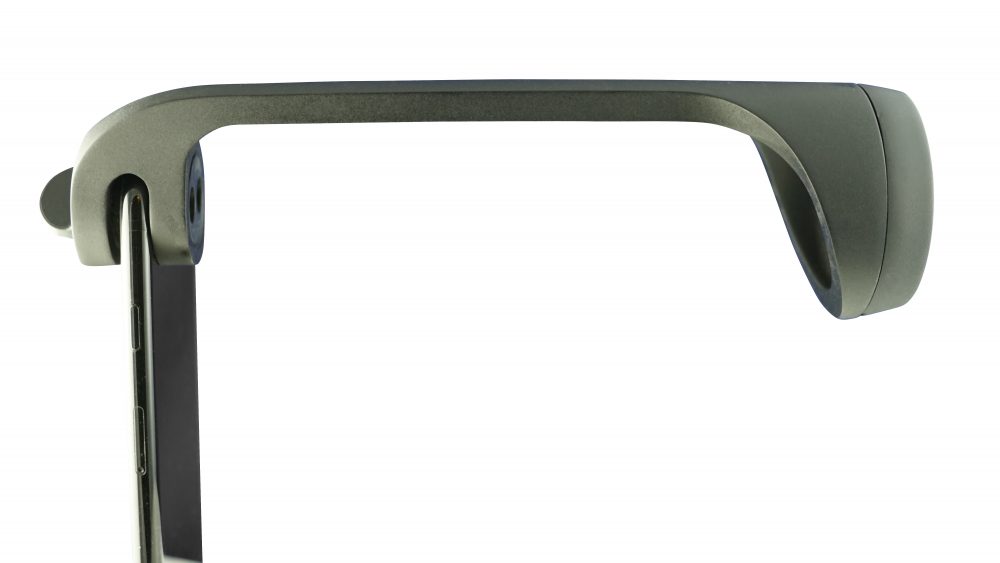New Zealand based social enterprise, oDocs Eye Care has officially launched its 3D printed smartphone based ophthalmic devices.
The two products, visoScope and visoClip, allow for images to be taken of the retina using an iPhone. It is hoped that the open source devices will benefit those in developing countries that have little access to professional eye care. It is hoped that the project will have measurable impact as the main causes of blindness are preventable with proper medical care. The devices were developed by co-founders Dr. Hong Sheng Chiong and Dr. Benjamin O’Keeffe.


Open source
The two ophthalmic devices have been created to work with a specially developed iPhone application, oDocs Capture. With accessibility and affordability a major part of the mission behind oDocs, the team turned to 3D printing to create the devices. Additionally, it was for these reasons that oDocs made the devices open source to allow for any clinician to download and print them. Dr. Hong explains this concept and how the devices compare to their professional counterparts,
We have made them extremely affordable and accessible to benefit regions most in need. Conventional equipment would cost around US$ 20,000 – 30,000, whereas our devices cost a hundredth of that.
The visoScope, which will retail at $325, acts as a portable fundus camera – a camera that also serves as a microscope. oDocs explains the device has a clear 50° field of view and image capturing is simple using the application. oDocs believes the visoScope can achieve similar images to a conventional fundus camera but with added portability and accessibility. The device can allow clinicians to spot the signs of treatable diseases such as glaucoma and cataracts.

Enabling production method
3D printing has become an enabling method for developing countries to create important tools like these two smartphone devices. Elsewhere, African organization ReFab Dar is using 3D printing to provide medical supplies in developing countries.
This is not the first time 3D printing has been used to address eye care. Belgian company Luxexcel has developed a method of 3D printing ophthalmic lenses and recently received $10 million in funding to advance the production process.
More directly, researchers in Portugal used 3D printing to create a prosthetic eye for a patient who suffered a facial injury.
To stay updated with the latest 3D printing news, subscribe to our newsletter, follow us on twitter and like us on Facebook.
Featured image shows the visoScope used with an iPhone to view a patient’s retina. All photos, including featured image, via oDocs.


